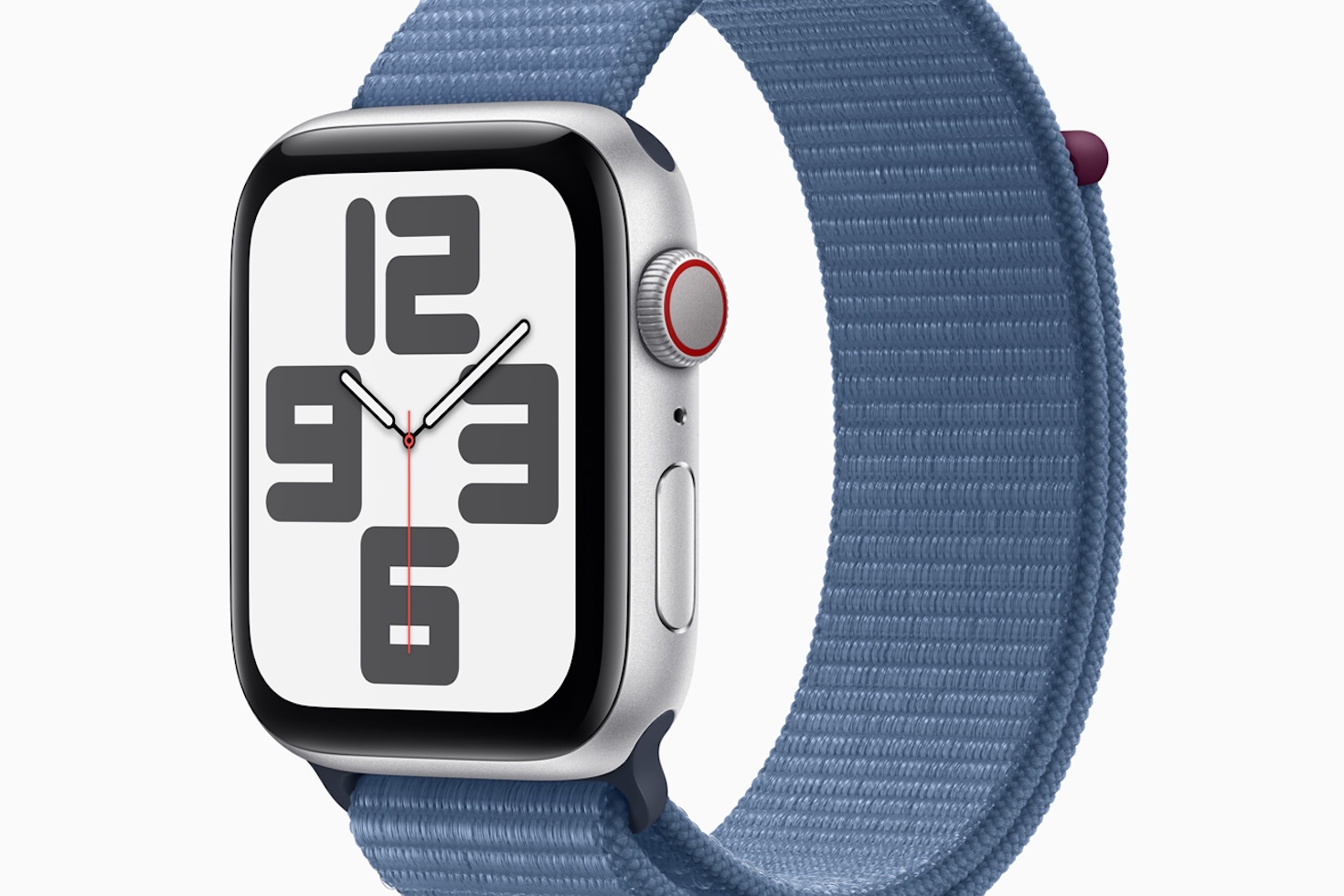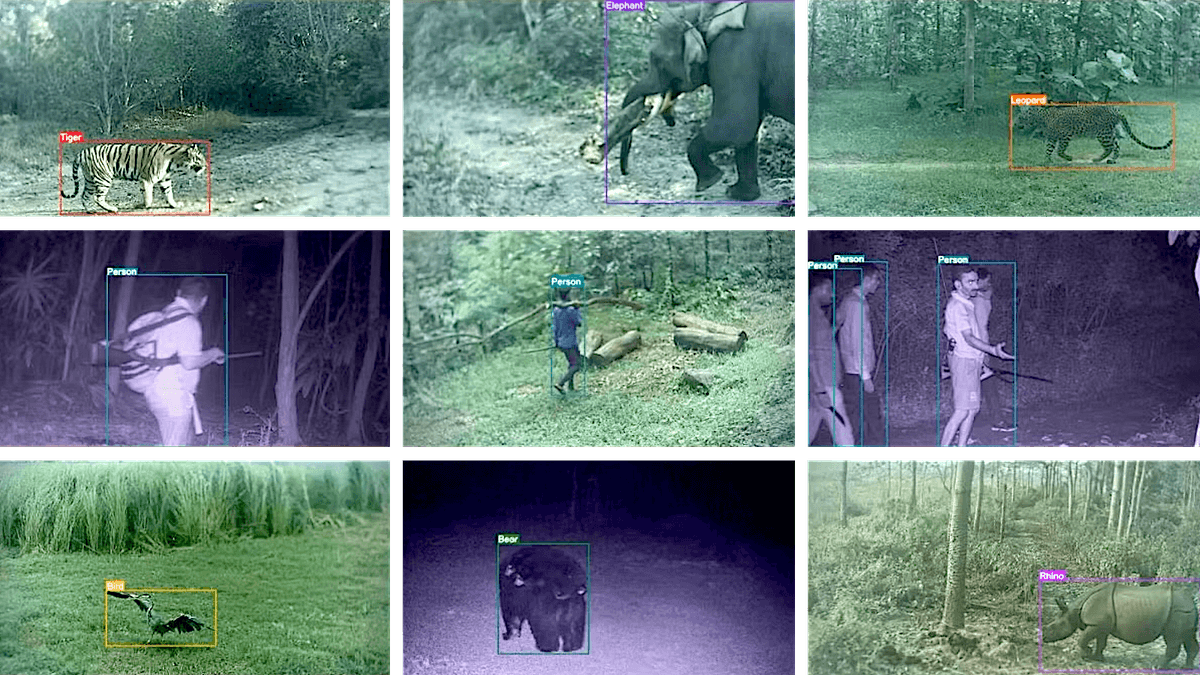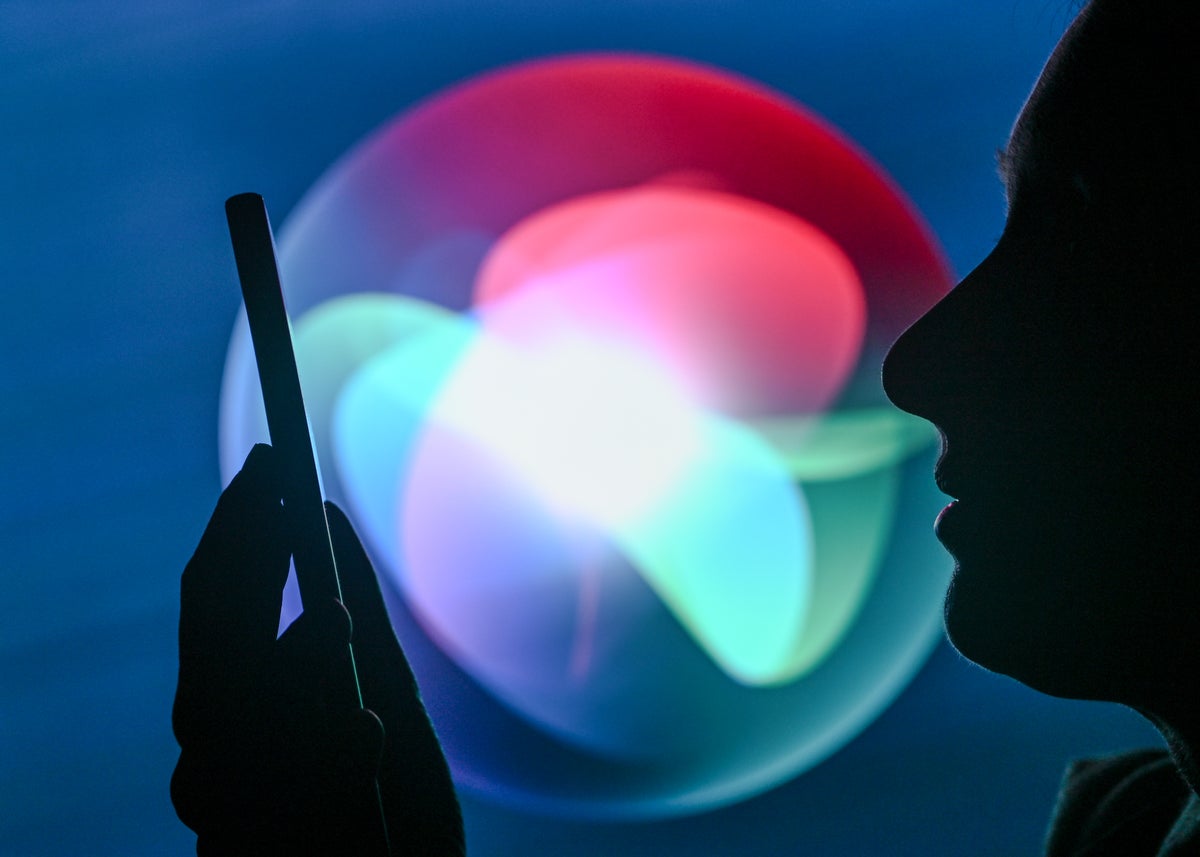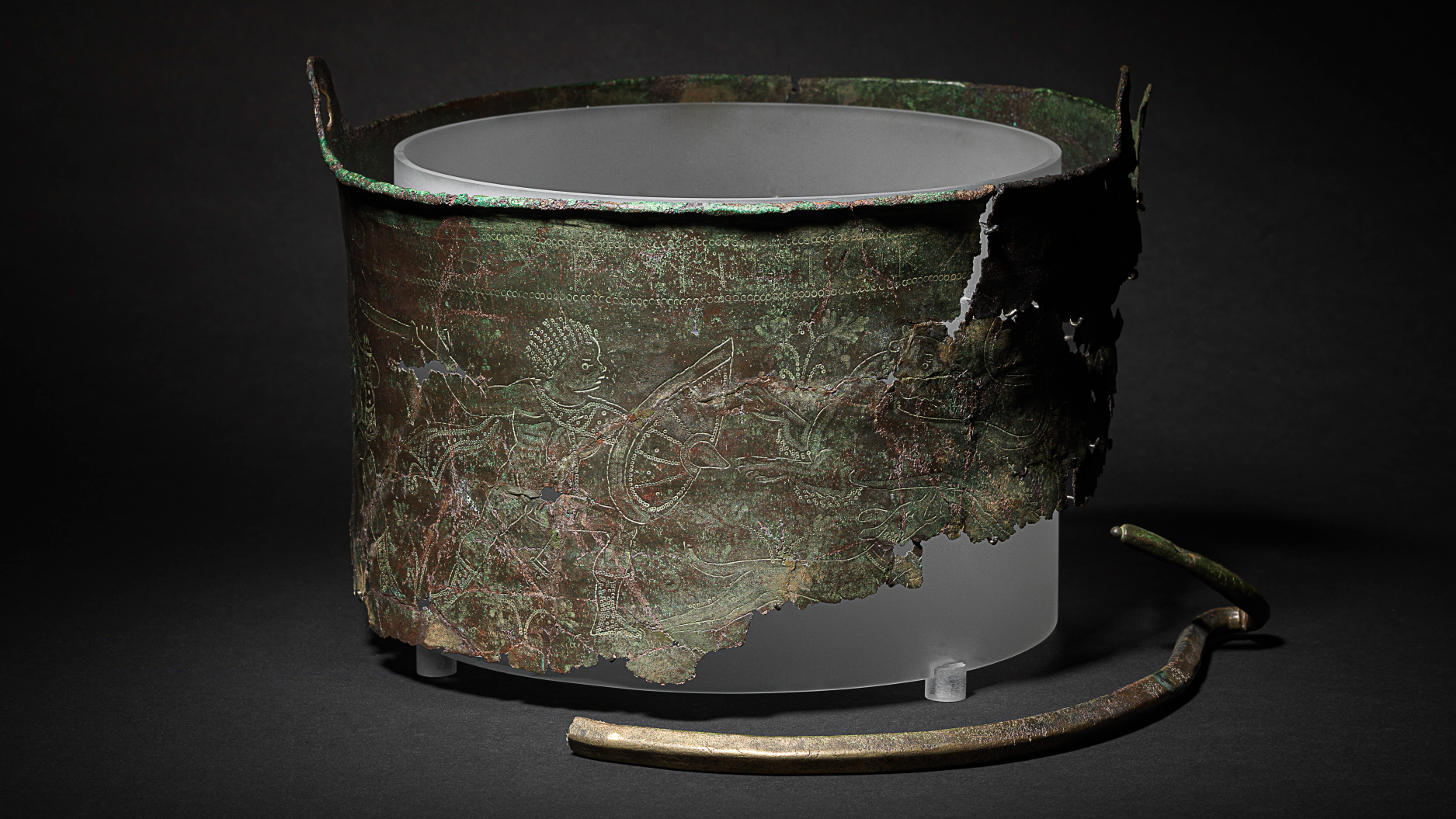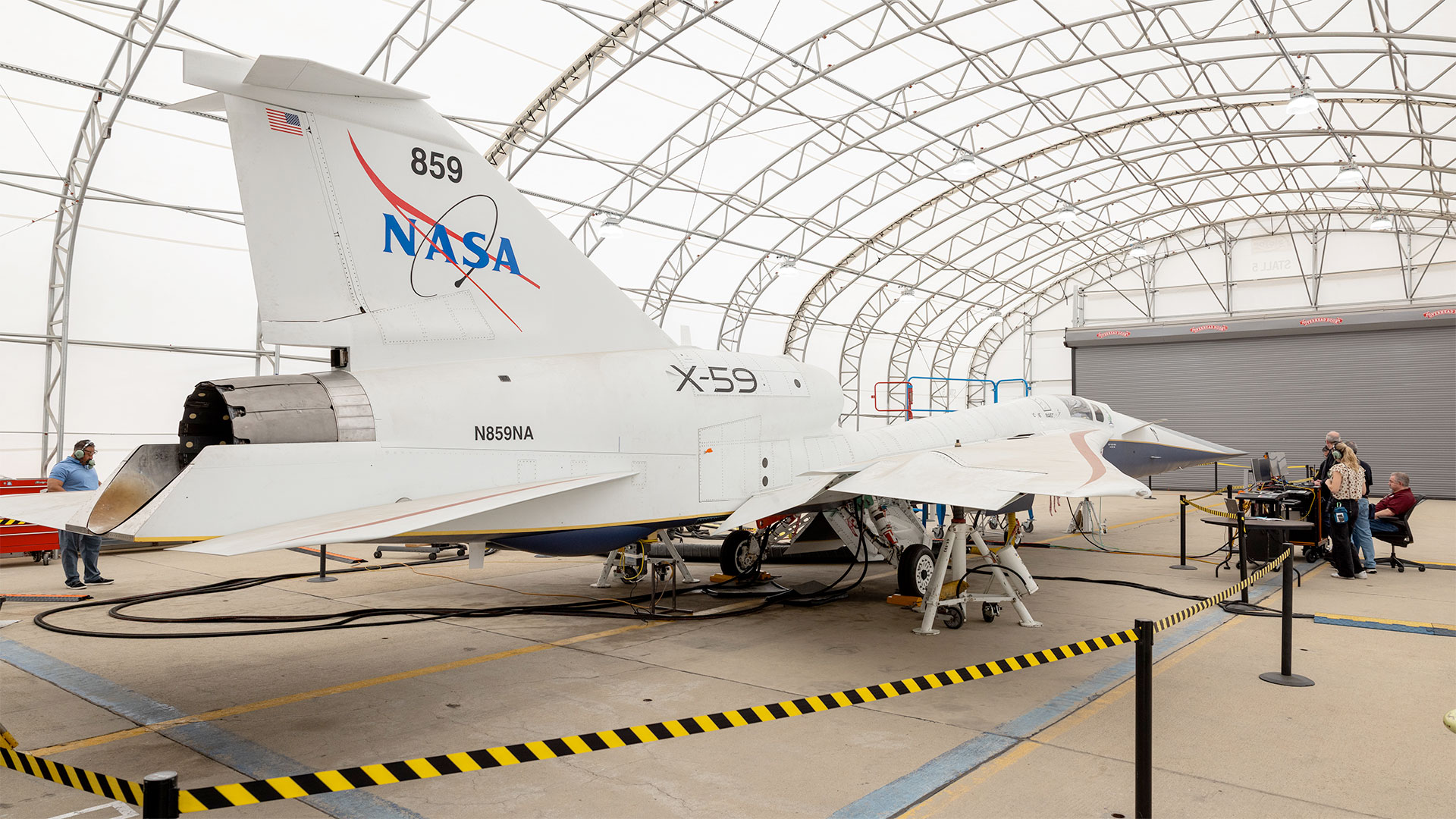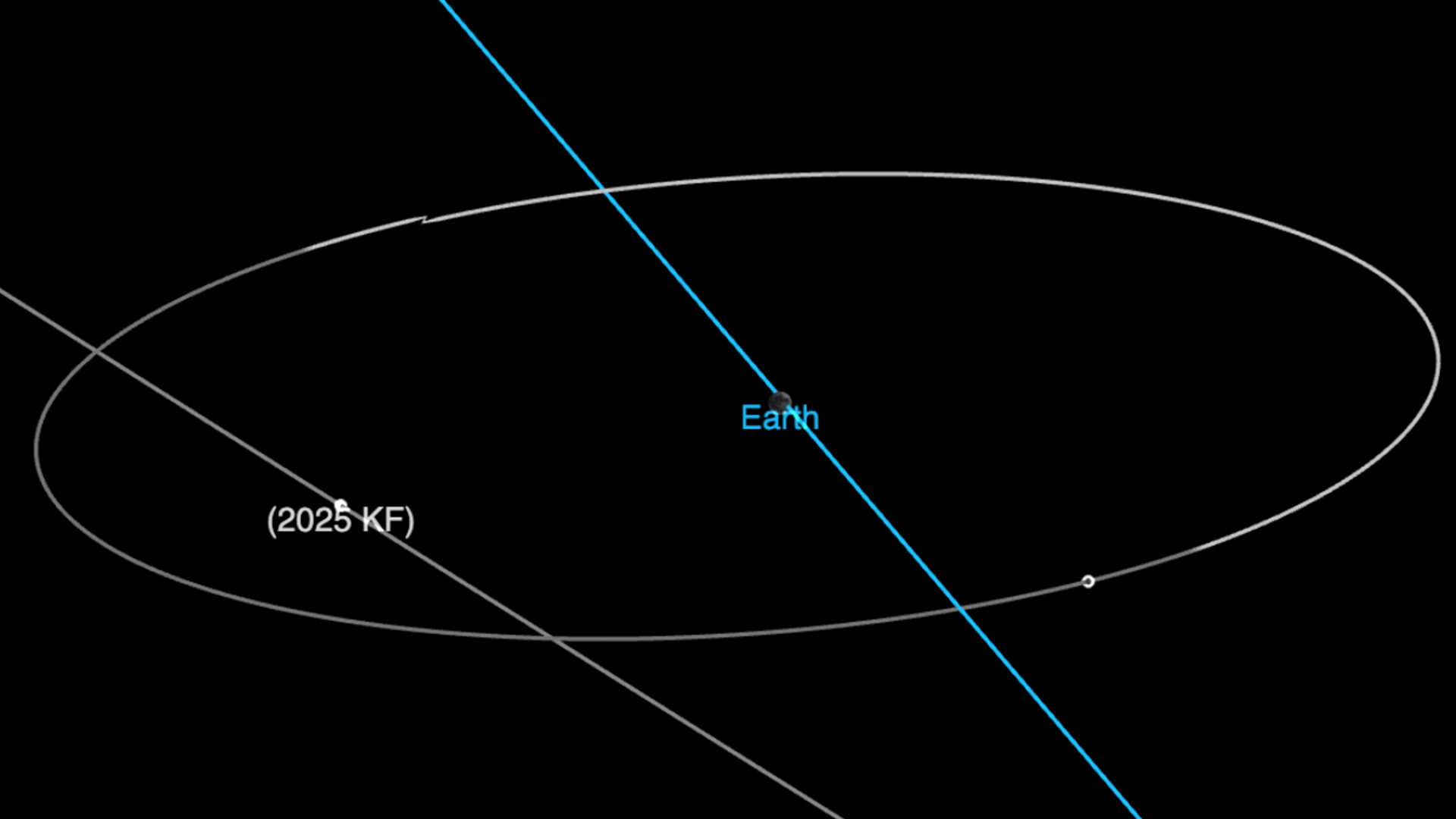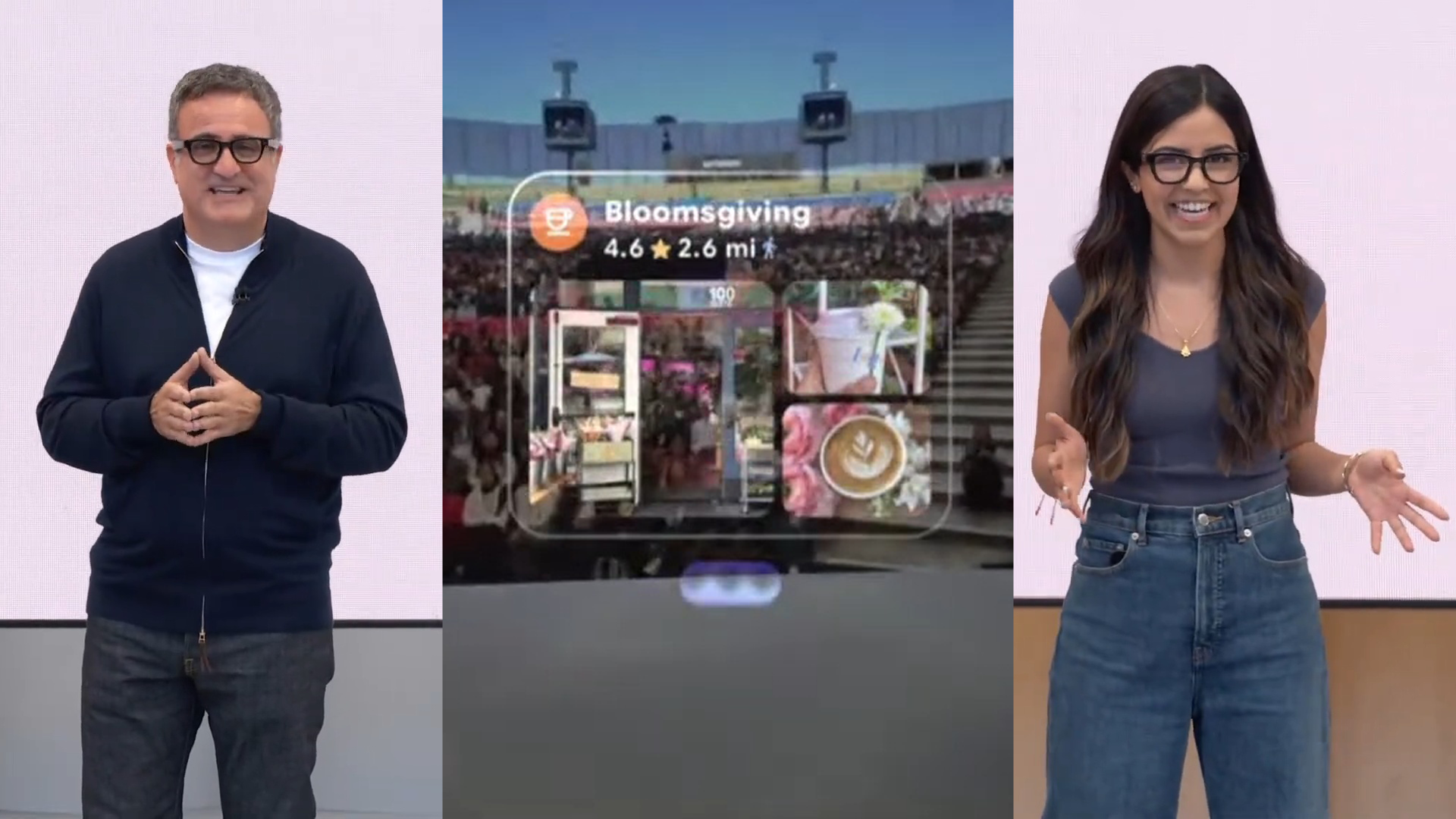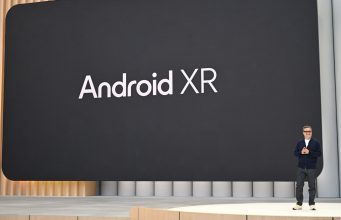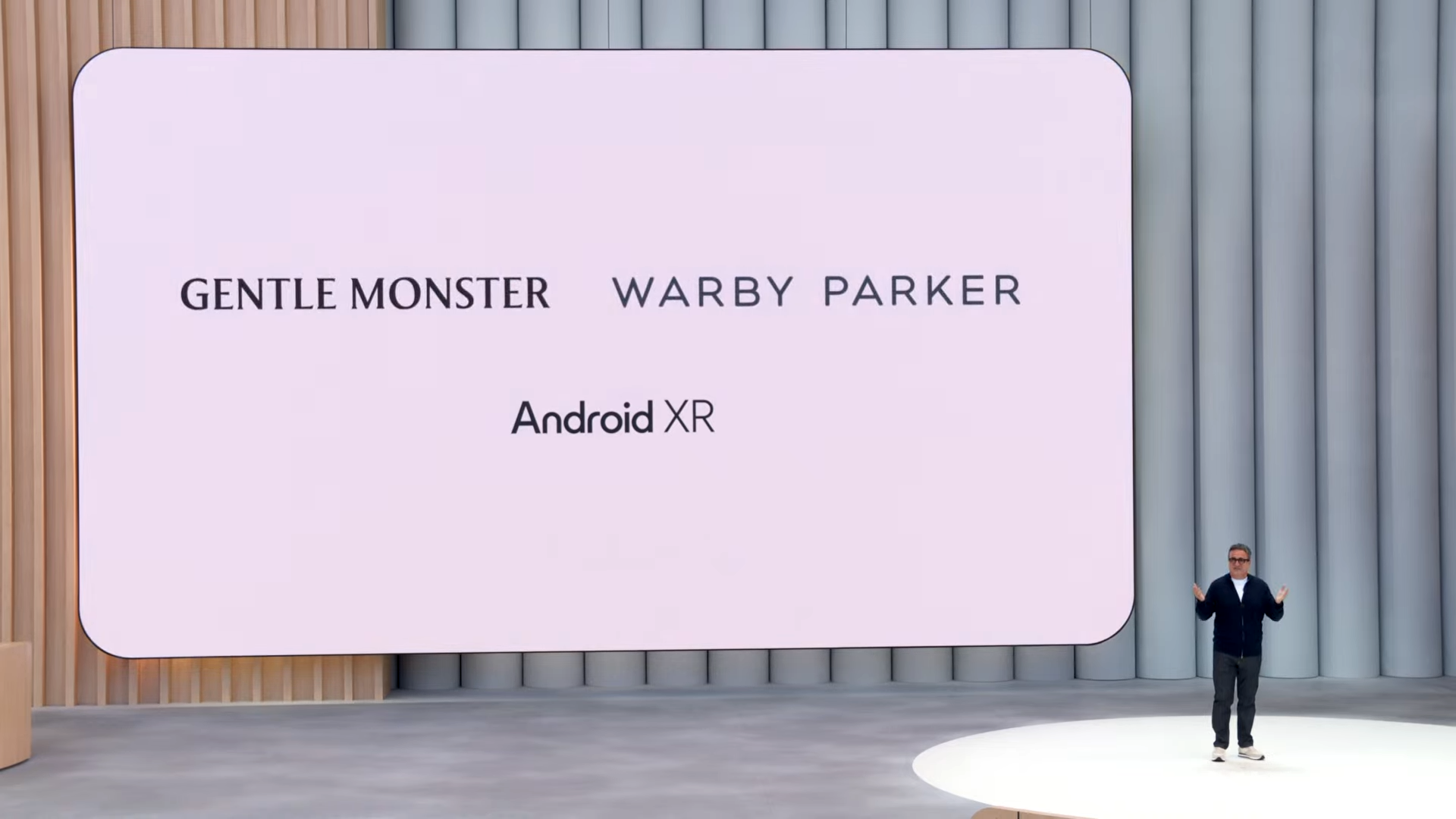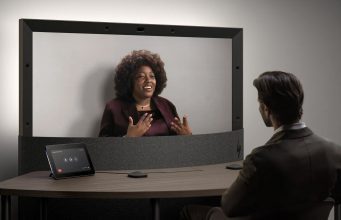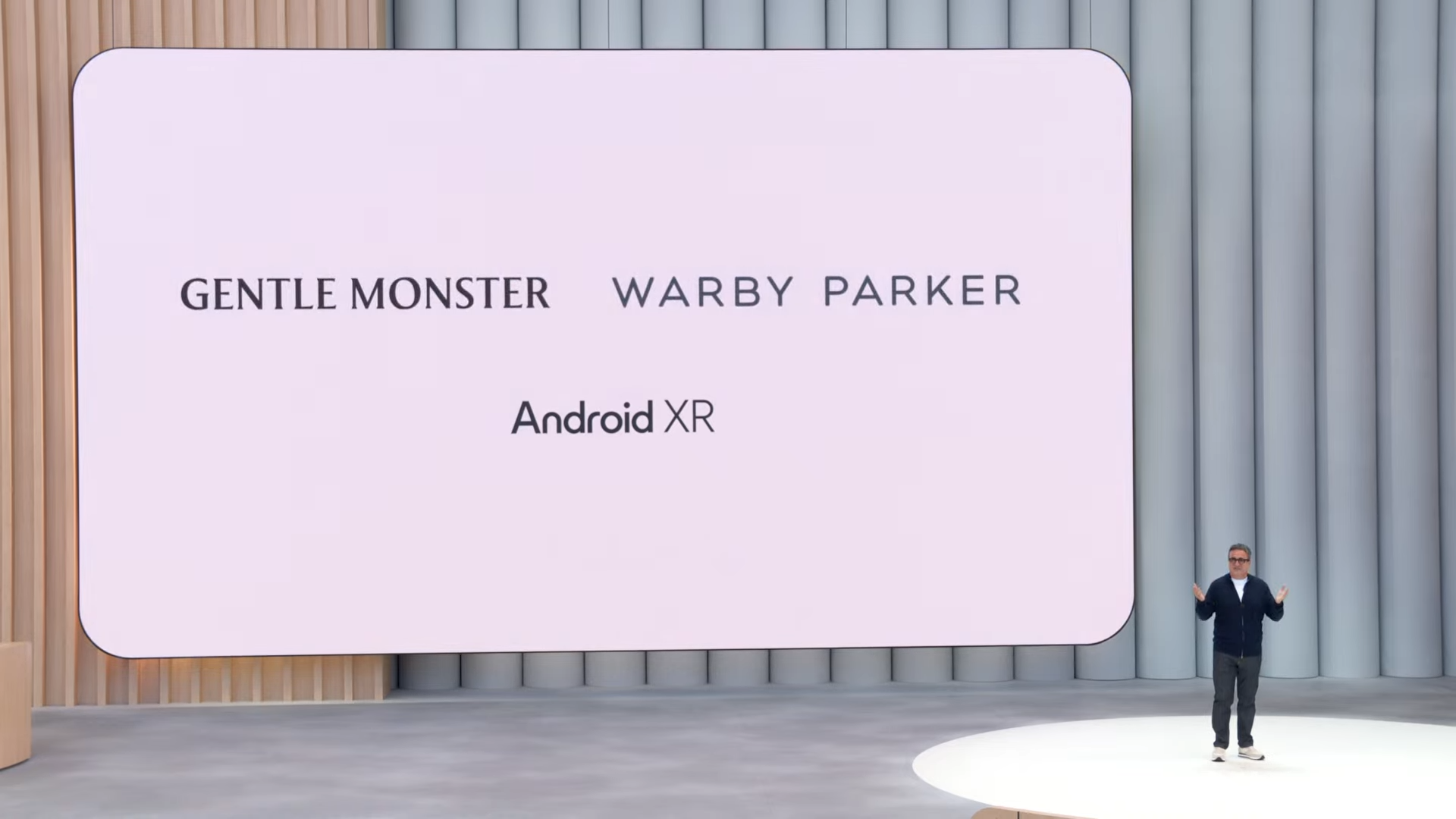Xreal's Project Aura Will Support Google's Android XR Via Tethered Compute
Xreal's Project Aura will support Google's Android XR via tethered compute, though the company isn't yet saying what device will be at the end of that tether.
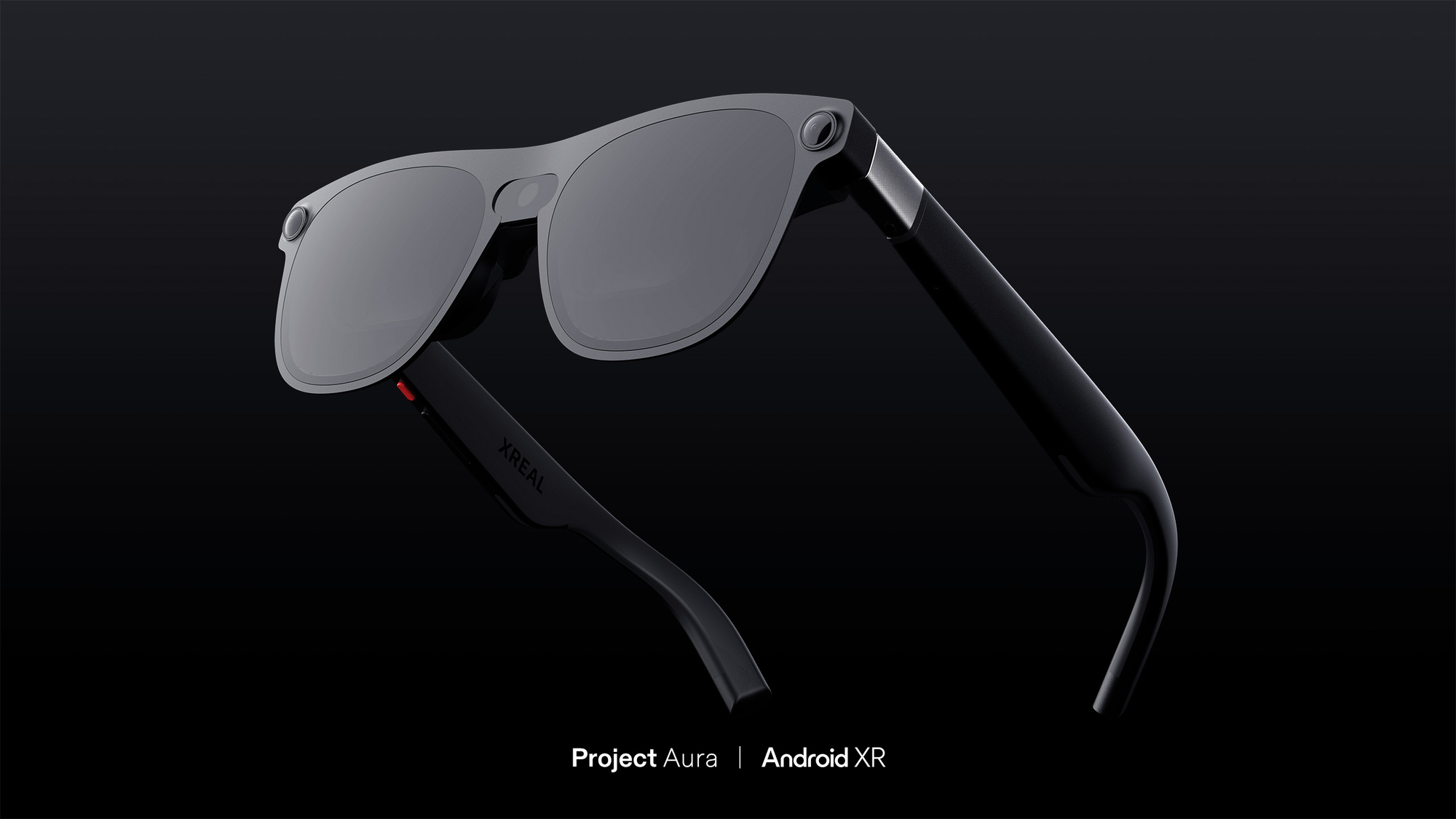

Xreal just announced Project Aura, new glasses that will support Android XR via tethered compute.
Android XR is Google's new XR operating system, designed to both compete with Meta's Horizon OS and power AR glasses too. Announced during Google I/O just now, Project Aura is the second revealed Android XR device, after Samsung's headset, and the first to use a transparent display system, known as optical see-through AR.
Xreal is staying tight-lipped on specific details of Project Aura, sharing only the above image of the design while confirming that it will support Android XR via tethered compute, leveraging a Qualcomm Snapdragon chip.
The company isn't yet saying exactly what form this will take. Might it come via a dedicated device, like the Xreal Beam Pro, or could it come in the form of native support in certain Android phones, as with 6DoF support for Xreal Air 2 Ultra on Samsung Galaxy S phones? Right now Xreal simply won't say.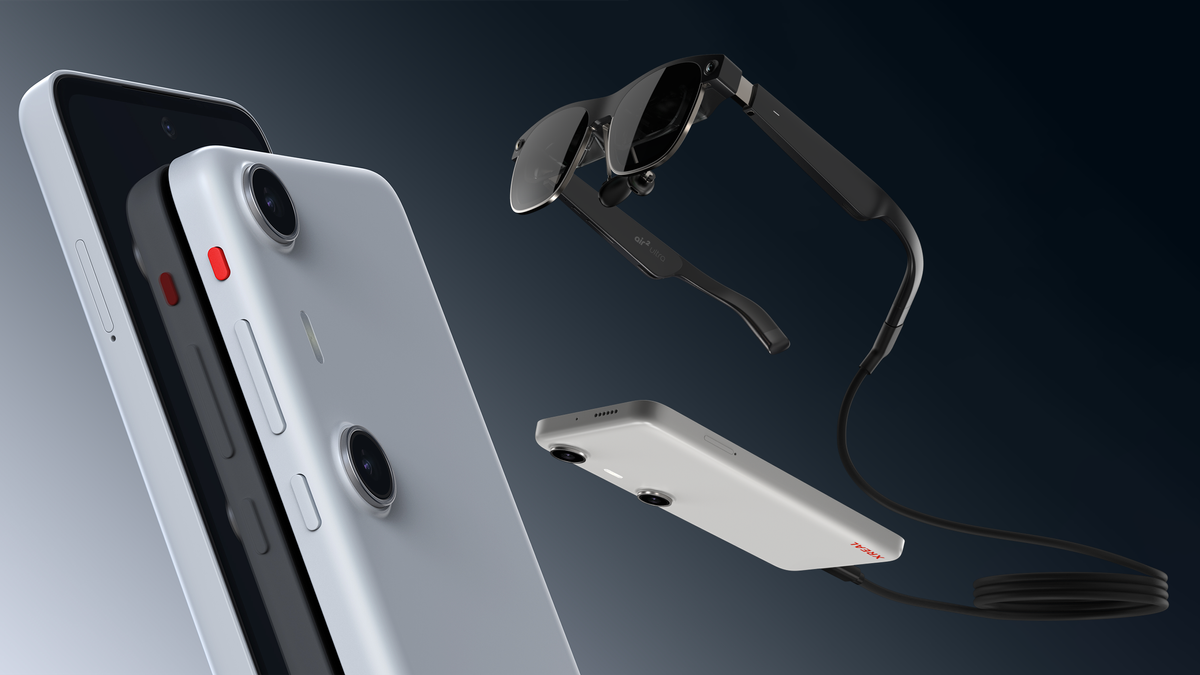
The design shown for Project Aura resembles the existing 3DoF Xreal One display glasses but with a camera on each temple, pointed slightly downwards, and another camera in the center of the lenses facing forwards. Those side cameras are likely for 6DoF positional tracking and hand tracking, while the central camera is likely for taking photos and videos, as well as for multimodal with Google's Gemini AI.
Note that while Xreal devices are designed to look like sunglasses, they sit much further out from your eyes than real glasses, and thus are a markedly different device category than the AR glasses in development at Meta and Apple. Those future AR glasses use a display technology called waveguides, while Xreal uses a far cheaper but also far bulkier approach called birdbath optics.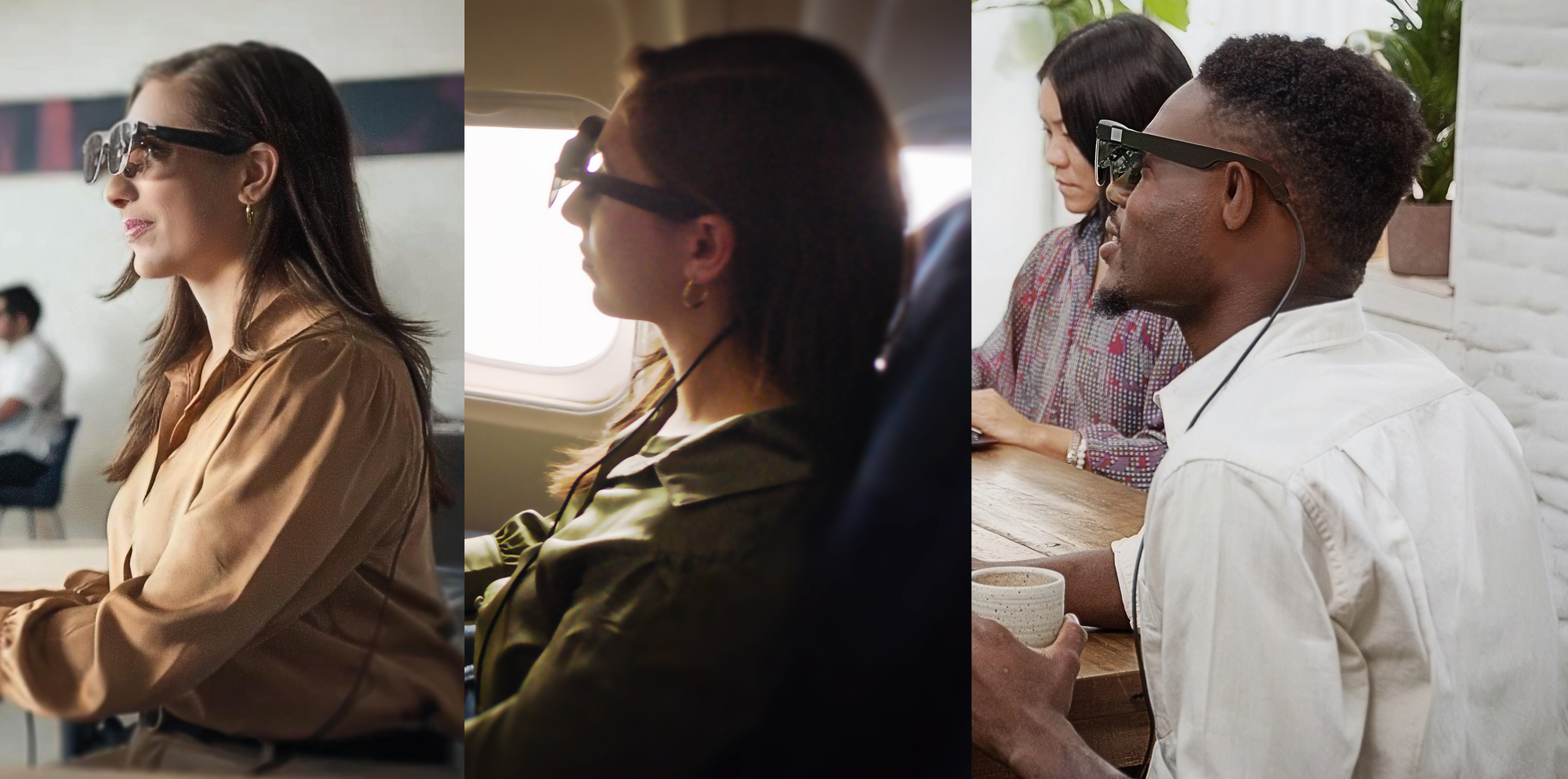
Xreal says it will reveal more details about Project Aura at Augmented World Expo (AWE) in June, and we'll be there to find out exactly what will be at the end of the tether running Android XR.

















